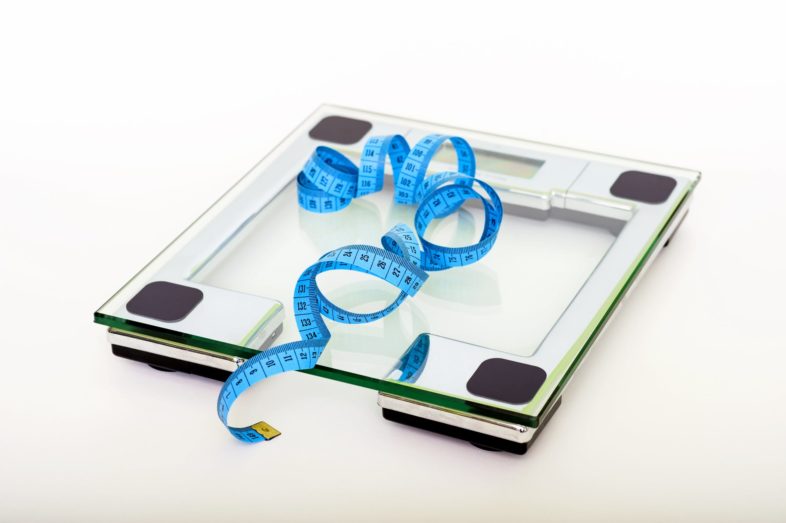The ketogenic diet works. It’s been proven to work, and most people will see the benefits of it if they gave it a try.
Unlike the Atkins and paleo diets, it is not stringent and tiring to follow. At the same time, it’s not as lax as the Mediterranean diet. The keto diet falls somewhere in between. It has rules to follow, but compliance will not be a nightmare.
Very often, people who don’t see results with the keto diet are making mistakes they’re unaware of. It’s easy to overlook the errors and blame the diet if one wants to make excuses instead of taking ownership of his/her progress.
In this article, we’ll look at 4 reasons why people don’t lose weight with the keto diet.
- Are you in ketosis?
The most important part of the ketogenic diet is that you need to be in ketosis. So many people get this fundamental principle wrong. You’re not on a keto diet if your body is not in ketosis.
Your body has to be using ketones for fuel, if you wish to see rapid weight loss. If you’re not in ketosis and your body is still using glucose for fuel, the results you were hoping to achieve will not come, or they won’t be as rewarding.
It can take anywhere from 4 to 7 days for your body to be in ketosis. You’ll need to be patient and do a urine test or use a breathalyzer to ascertain if you’re in ketosis. - You must be at a caloric deficit
The foundation of all fat loss depends on a caloric deficit. Even if you’re on the keto diet and in ketosis, if you’re not consuming more calories than you’re burning, your weight will remain the same or it may go up.
Check your calorie numbers here: https://www.freedieting.com/calorie-calculator
Then aim for a daily deficit of 500 calories. Since you’re on a keto diet, your body will more readily burn its fat stores and you’ll lose the weight much quicker. Being at a caloric deficit sets the stage for ketosis to work miracles. - Are you compliant?
Compliance with the diet is another cornerstone that must be in place. 70 to 75 percent of your calories must come from fat. 20 to 25 percent from protein, and your carb intake should be anywhere from 20 to 50 grams and NOT a gram more.
Most people are addicted to carbs without realizing it. Making the switch from a carb-based diet to a fat-based one will be a challenge because the body is accustomed to using glucose for fuel – and glucose comes from carbs.
So, in the initial stages of the ketogenic diet, if you give in to temptation and sneak in more than 50 grams of carbs, you’ll make it very difficult for the body to achieve ketosis. Carbs will hamper your progress.
You MUST be compliant with the macronutrient requirements to reach ketosis. Slip up here and there and you’ll not be in ketosis and your weight loss progress will be hampered. - Leptin resistance
Patience is required when adapting to the keto diet. Get sufficient sleep, do not engage in hard exercise and just rest for the first week. You may go for a light walk every now and then.
Keeping things easy will reduce cortisol levels and your leptin sensitivity will be restored. Once your hormones are balanced, the body will know how much food it needs, when to get hungry and just how much fat to burn.
Leptin resistance will impede your progress. The only way to overcome it is to give the body time to adjust. As long as you stay on track and comply with the keto guidelines, you will go into ketosis and your body will burn fat at an accelerated rate and make up for lost time.
Any time you feel like you’re not seeing results, it’ll probably be due to one of the 4 reasons above. So, be compliant and track your food portions, macros and check if you’re in ketosis. That’s it in a nutshell.


